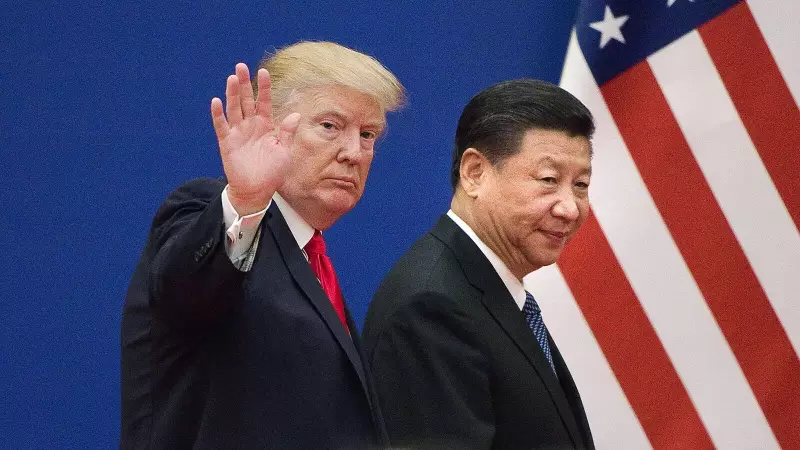
In a significant development for global trade relations, the United States and China have agreed to extend their tariff ceasefire, providing temporary relief to markets and businesses worldwide. The decision comes after intensive negotiations between economic officials from both nations.
Behind the Scenes of the Trade Truce Extension
The extension of the tariff truce represents a crucial step forward in the complex relationship between the world's two largest economies. While details remain closely guarded, sources indicate that both sides have shown flexibility in their positions, signaling a potential thaw in trade tensions that have persisted for years.
Key Meeting Points Across Asia
The negotiations have spanned multiple locations, with recent talks taking place in Malaysia and South Korea. These strategic locations have served as neutral ground for discussions covering a wide range of trade issues, from intellectual property protection to market access and tariff structures.
What This Means for Global Markets
The extended truce offers several immediate benefits:
- Market Stability: Reduced uncertainty for investors and businesses
- Supply Chain Relief: Temporary protection from additional tariffs
- Economic Breathing Room: Opportunity for both economies to assess impacts
- Negotiation Continuity: Maintaining momentum in complex discussions
Looking Ahead: The Road to Permanent Solutions
While the extension provides temporary relief, experts emphasize that fundamental differences remain unresolved. The coming months will be critical in determining whether both nations can bridge their divides and establish a more permanent trade framework that benefits the global economy.
The international business community continues to watch these developments closely, recognizing that the outcome of US-China trade relations will have far-reaching implications for supply chains, pricing, and economic growth worldwide.





